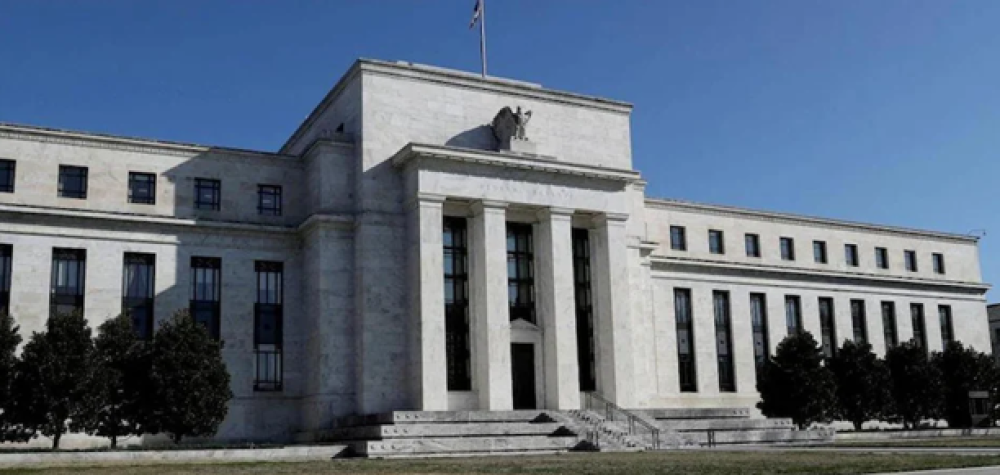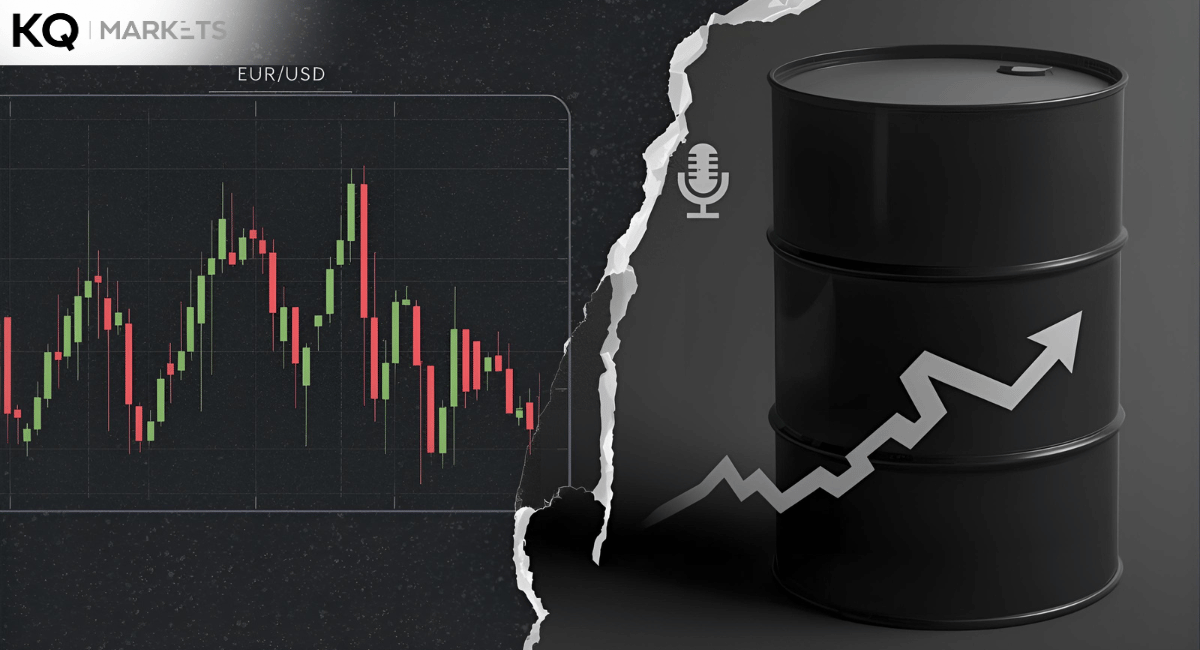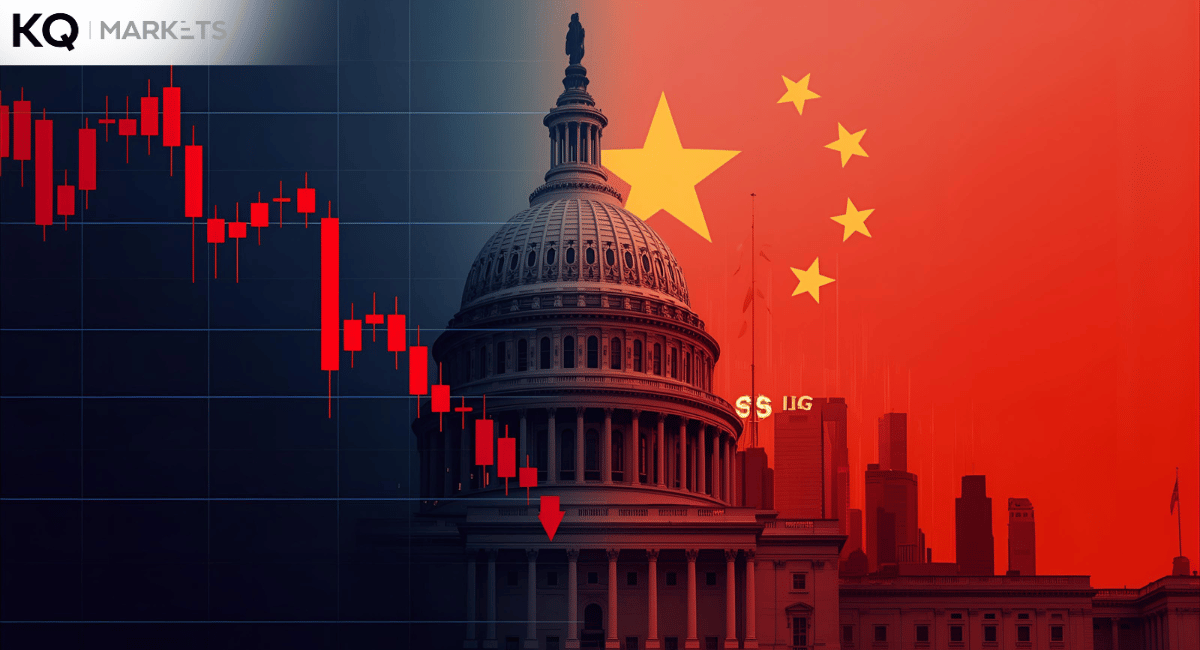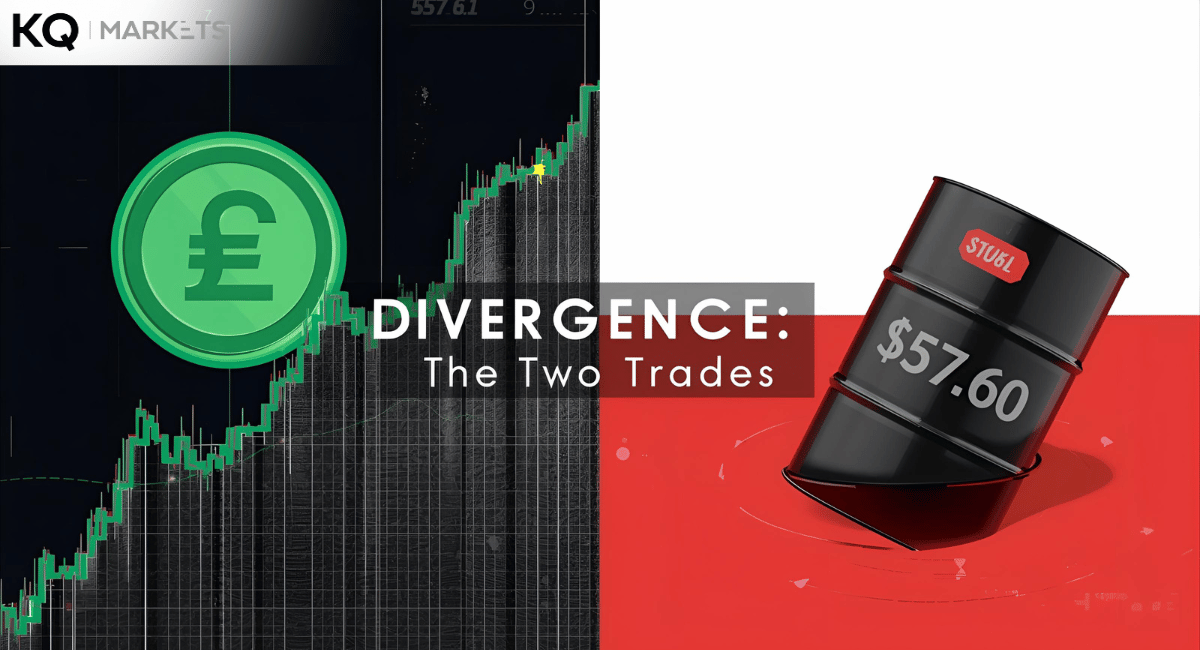The Fed is facing intense pressure. Generally, it has lost control of economic events rather than what it names “transitory”. Efforts to fight inflation and pivot away from the unstable labour market appear to have started too late. A good indicator is the unusual 75-point basis Fed hike in credit rates. In simple terms, the Fed is playing catchup after the alarming June consumer prices report. The worst has unfolded that the most probable approach to managing inflation would be throwing the global economy into a recession.
In any case, economic growth reduced by 1.6% during the first quarter. Further reports indicate a possible negative number during the second quarter. The second quarter report will be available on 28th July, but monetary policymakers hosted a committee on Tuesday & Wednesday. Most financial experts staked on a possible 75 basis point hike. This committee was pivotal since the economy indicated distinct slow down signs. The housing committee members last week confirmed that their once red sector was now softening.
The revamp in the housing sector comes following new construction projects and existing home sales. In general, spending on large items has slowed, consumer sentiment has soured, and unemployment claims are rising. Talks about recession are also rising, as financial experts explain that the Fed has limited capacity to manage the runaway prices without landing into an overall economic pullback. Inflation rose from 7.4% to 7.8% within the past month.

Thus, the Fed relies on its main tool, which involves higher borrowing costs, to control the rising inflation. However, the pricing pressures that the world’s economy faces now vary from previous cycles when economic slumps marked weak financial crises and economic demand. The Fed initiated relevant central banks’ mechanisms when the Covid-19 pandemic hit the US, causing a potential economic crisis in early 2020. It released money into the global financial system by buying up mortgage-backed securities & treasury and slashing borrowing rates to near zero.
This approach was the most preferred plan to keep credit flowing and financial markets liquid. Besides, Congress approved up to three fiscal stimulus rounds. Nonetheless, soon after the world’s economy crashed after the Covid-19 pandemic declaration, it quickly recovered. Millions of victims who lost their labour positions, were furloughed or laid off, soon resumed work. The quick recovery in the labour sector occurred thanks to remote work and other options.
Hence, workers began receiving their salaries again, and government assistance & stimulus checks also popped up. The result was a household with more money and limited avenues to spend it since travel destinations, restaurants, and other facilities were unavailable. Finally, inflation hit most markets since there was an imbalance between demand and supply. The Fed is now under constant pressure to facilitate a balance between purchasing power and supply.





